
The death of Socrates is a canvas created by the French master Jacques-Louis David. Like other painter’s works created in that decade, the plot of the picture is based on a classic story, in this case about the death of Socrates, about which Plato spoke in the dialogue of Fedon. In it, the philosopher was sentenced to deprivation of life, with the help of the poison of the cicuta, because of the denunciation of the supposedly dangerous activity of the thinker. Instead of panic and excitement, Socrates uses his position to teach the last lesson for his disciples.
In the picture, an old man in a white robe is sitting on the bed. He is surrounded by people of different ages, most of whom, unlike the protagonist, experience: they cry and cover their faces with their hands, the young man stretches out the cup to the condemned person, not looking in his direction, an elderly man fell to the bed, around the corner, in the arch on the left, you can see other grieving characters.
The description of this plot contains a lot of historical inaccuracies. For simplicity, the composition was devoid of many of the symbols originally described by Plato. This is the presence of Apollodorus, leaning against the arch, despite the fact that in the dialogue he was sent out by Socrates, and the distortion of the age of many students. Despite the fact that at the time of Socrates’ death, Plato was still young, in the picture he is an old man sitting at the feet of a dying man. Even the face of Socrates was idealized and different from the classic bust, considered the reference one. He is calm, because he sees death as a separate state, as a separate kingdom, another state of being. And Socrates worries no longer for himself, but for those who grieve over his fate.
David uses color to emphasize the emotional nature of the picture. For example, the shades of red are more muted at the edges of the picture, and toward the center become brighter, reaching a climax in the dark red robes of a man holding a bowl of poison. Tranquility is preserved only by Plato and Socrates, who are clothed in contrasting bluish-white clothes. The subdued color scheme may be David’s response to criticism of the critics who called the Horatius Oath palette a “flashy” one.
The caption under the seat of Plato helps to conclude that history is presented with his eye, and the second signature, under Crito, means that the artist identifies himself with this character.
There are several contradictions regarding the date of origin of the picture, but in spite of the fact that the work was conceived as far back as 1782, it was finished in Paris in 1787.
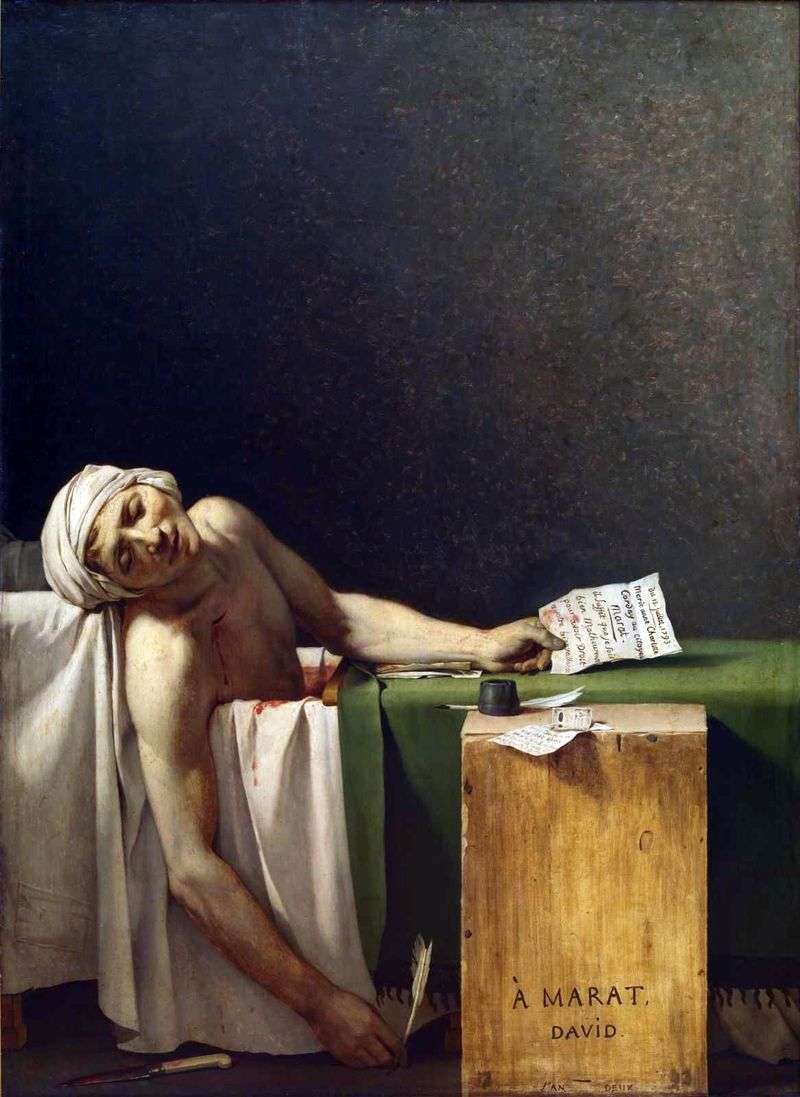 Death of Marat by Jacques-Louis David
Death of Marat by Jacques-Louis David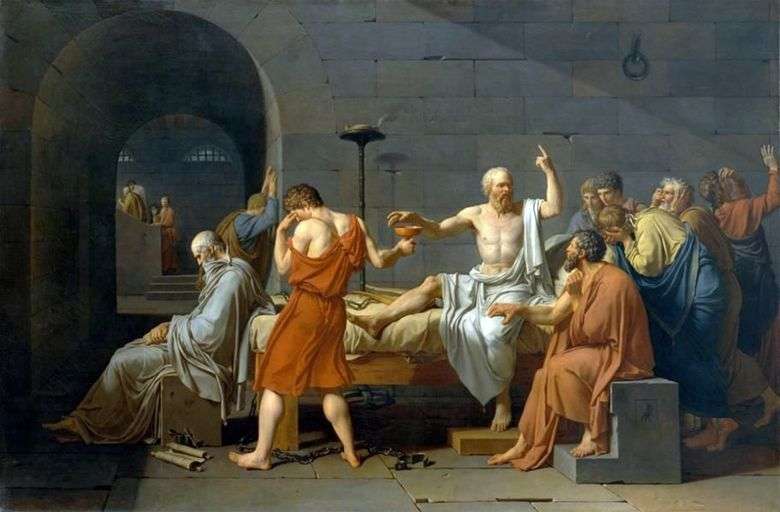 La muerte de Sócrates – Jacques Louis David
La muerte de Sócrates – Jacques Louis David Death of Seneca by Jacques Louis David
Death of Seneca by Jacques Louis David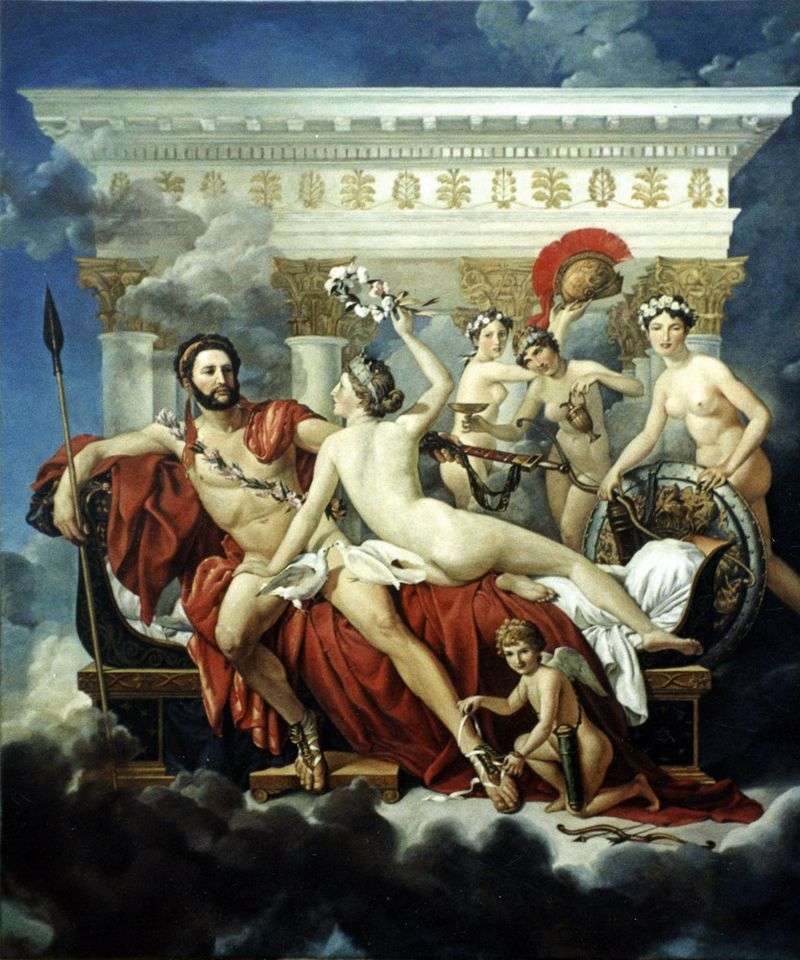 Mars disarmed by Venus and three graces by Jacques-Louis David
Mars disarmed by Venus and three graces by Jacques-Louis David Death of Marat by Jacques-Louis David
Death of Marat by Jacques-Louis David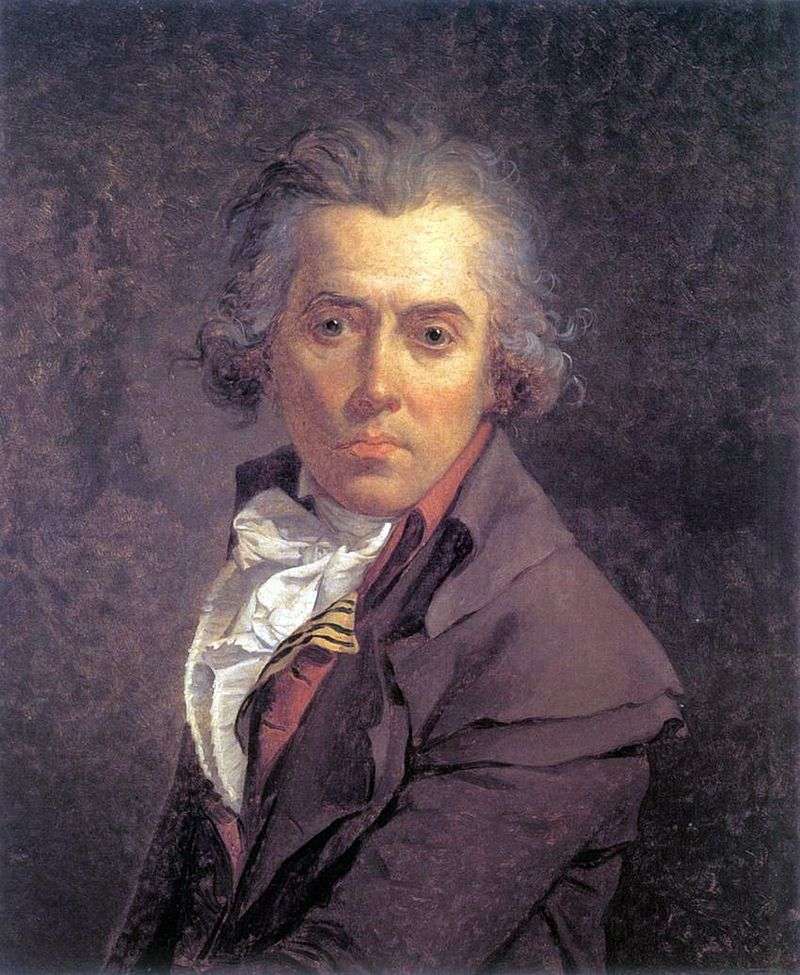 Self-Portrait by Jacques Louis David
Self-Portrait by Jacques Louis David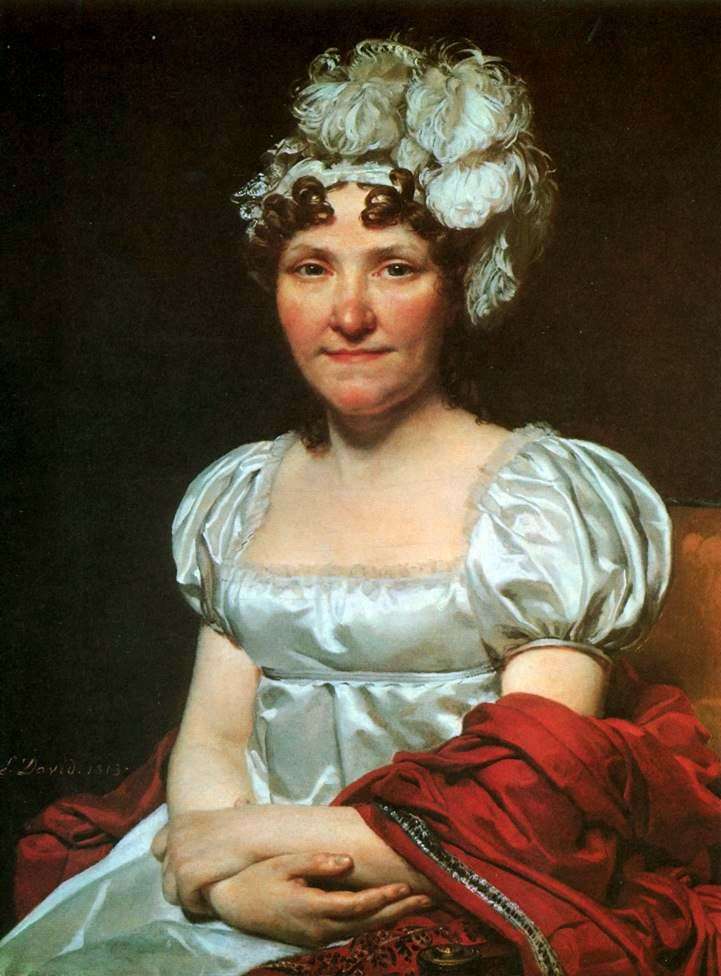 Margarita-Charlotte David by Jacques Louis David
Margarita-Charlotte David by Jacques Louis David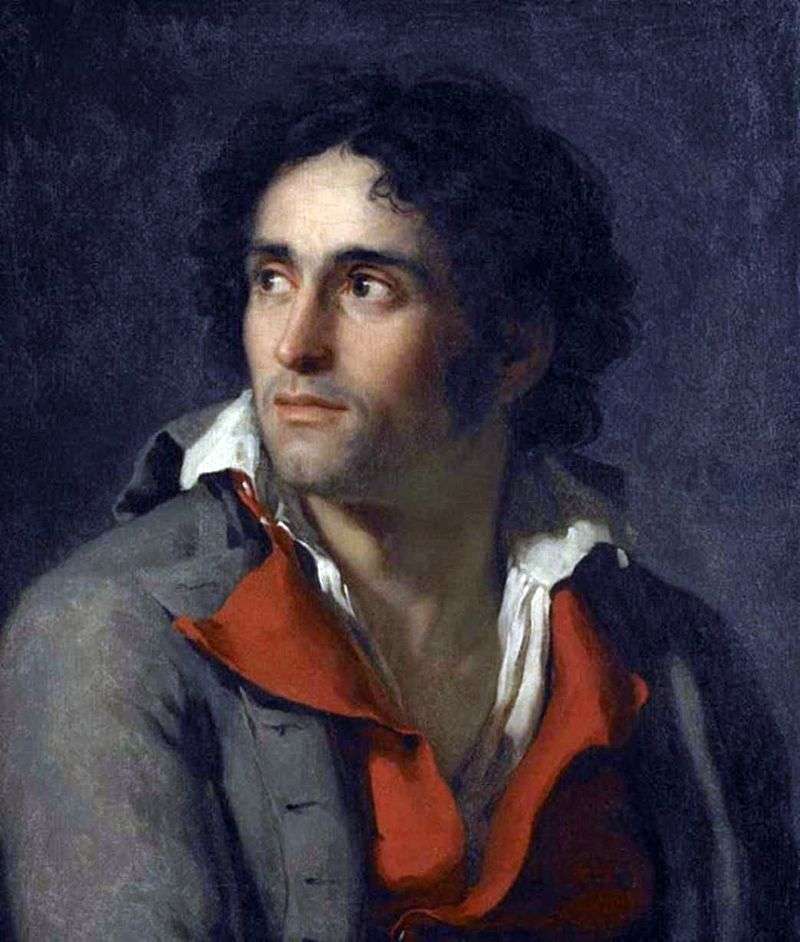 Portrait of the jailer by Jacques Louis David
Portrait of the jailer by Jacques Louis David